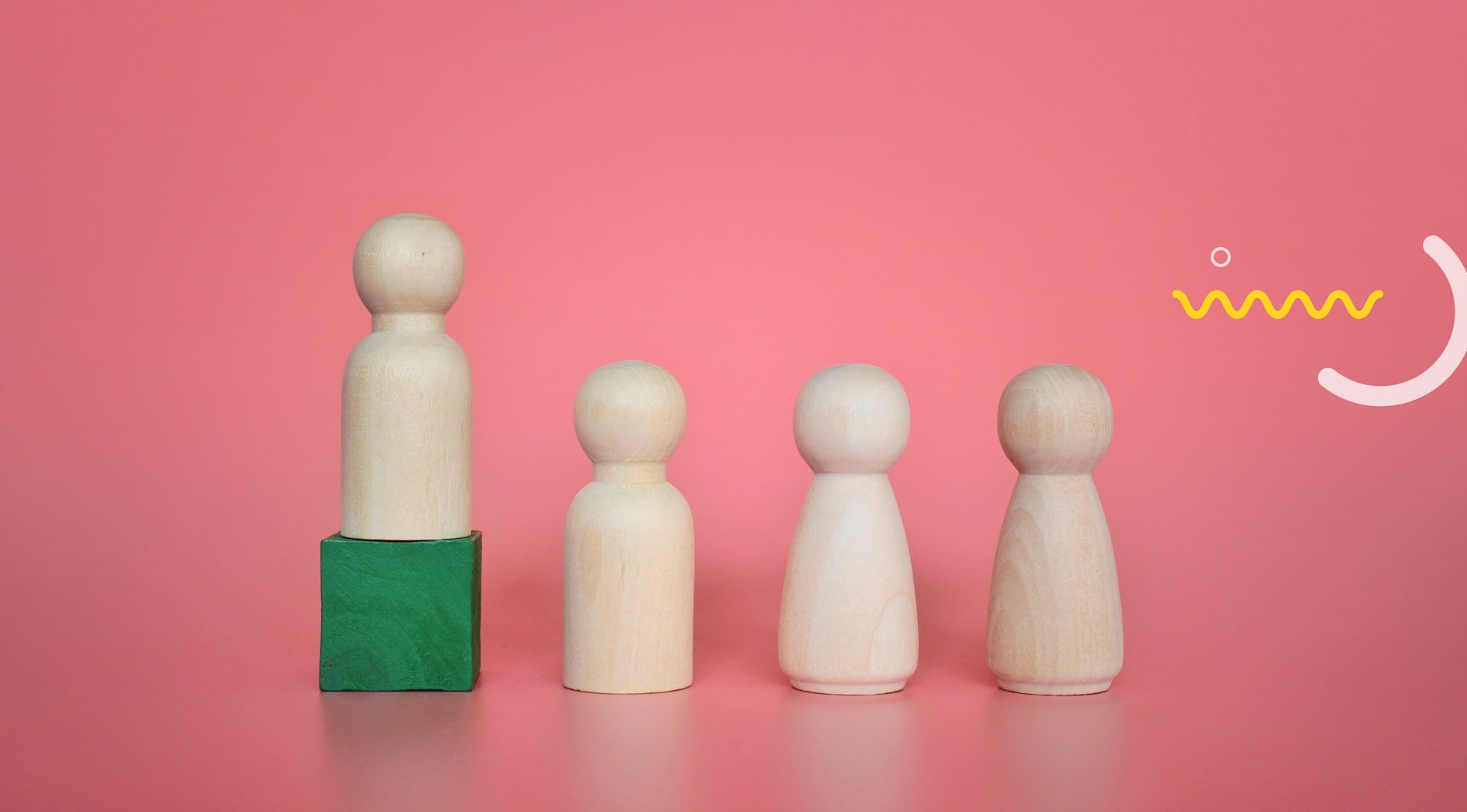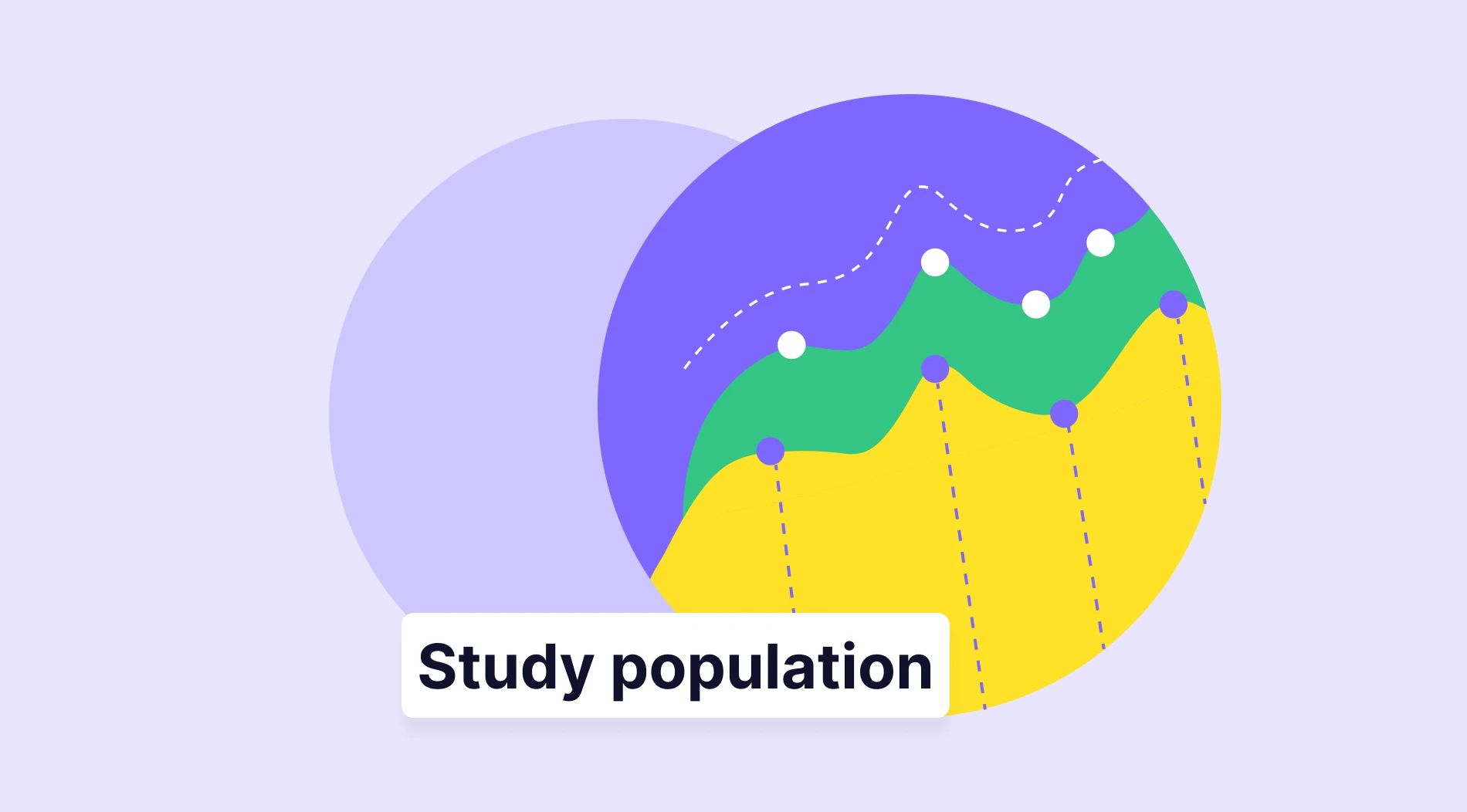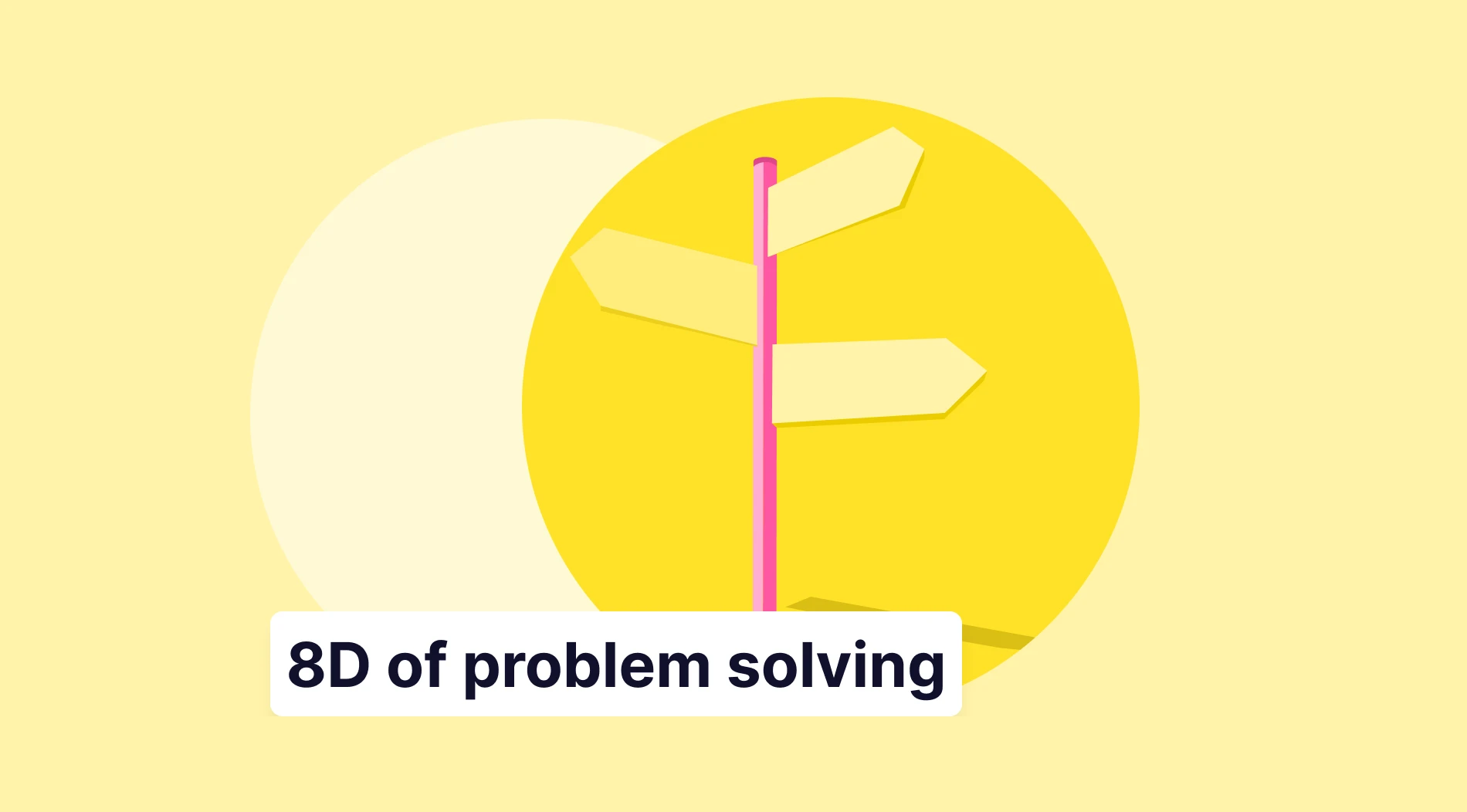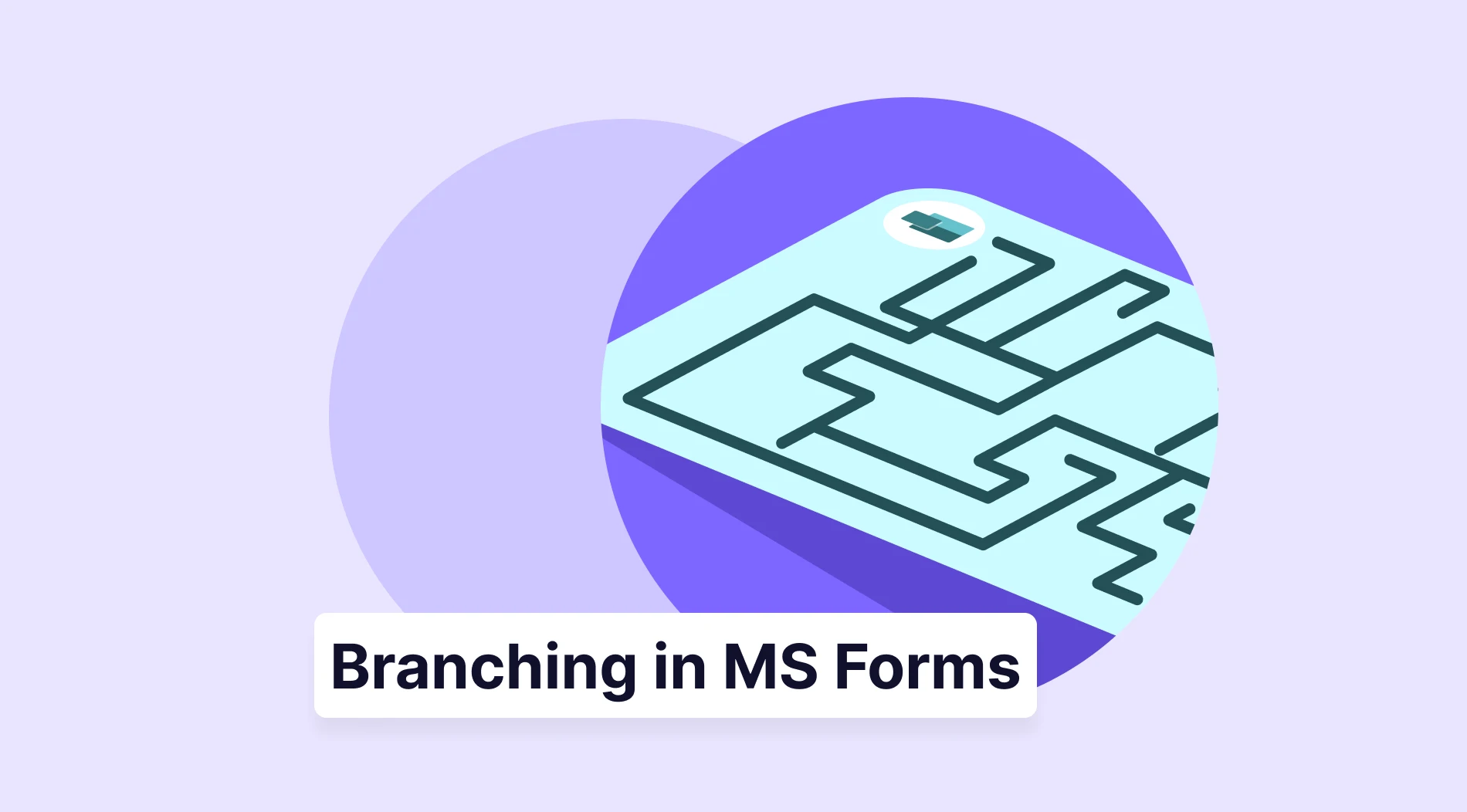Did you ever wonder if two different elements affect each other in any way that you do not know about? If your answer is yes, then you may want to learn about correlational research. It is a great way to find out possible links between two things.
Correlational research is a type of research that mainly focuses on the relationship between two independent variables. It tries to determine whether or not two different elements impact each other in a positive or negative way. When a researcher or a business figure there is some kind of relation (or lack thereof) between two variables, they can decide what to do with that result.
Different methods can be used, such as surveys, observations, or secondary data collection. It is a good way of collecting data on a subject you want to know more about. Now, let us see the definition of correlational research and some useful examples.
The definition of correlational research
Correlational research is a type of non-experimental research and functions as data analysis. It is used by researchers to measure the relation between two or more variables. During correlational research, the researcher does not control or change any variables but instead measures them as they occur naturally.
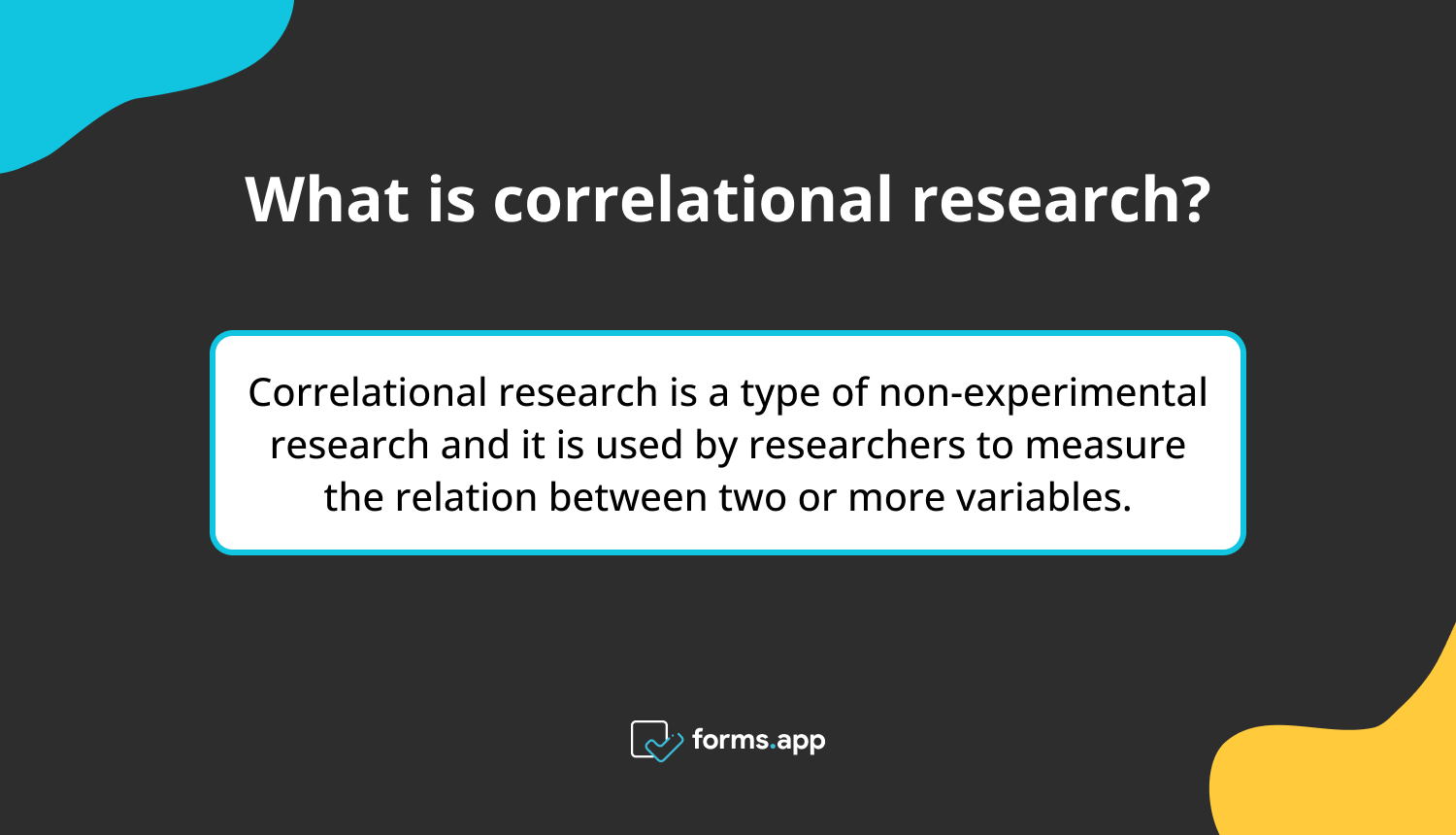
What is correlational research?
In other words, it means when a group of researchers tries to determine if there is any relevant link among them. In its most basic form, correlational research aims to find factors that impact one another, both positively and negatively. It is also important to keep in mind that correlation is not the same thing as causality. Just because two elements are related to one another does not indicate one of them is the main cause of the other.
Correlational research types
Correlational research involves a researcher comparing two variables and data sources and assessing the relationship between them. In the end, the research provides the researcher with an outcome that shows whether or not there is any link between the two. And there are three main types of correlational research that show the relationships between variables.
Positive correlation:
A positive correlation means the two variables have a positive relationship and move in the same direction. So, when one increases, the other one increases as well, or vice versa; they both decrease. For example:
When students have higher attendance rates, they also usually have better grades.
And, the less budget a company has for marketing, the fewer customers they will get.
Negative correlation:
A negative correlation means the two variables move in different directions. When one variable increases, the other variable decreases, and vice versa. For example:
When a person's stress levels increase, their amount of sleep tends to decrease.
Less supply of particular product results in more demand for it.
Zero correlation:
Zero correlation means when two variables have no relation or effect on one another. A variable on one part results in no change in the other. For example:
A person’s shoe size and IQ levels have zero correlation.
The amount of times students eat junk food has no effect on their math results.
How to collect data in correlational research
There are many useful data collection methods, such as naturalistic observations, surveys, and secondary data collection of correlational studies. They all have different positive and negative aspects they bring out to the table, and it is up to the researcher to decide which one(s) to go with.
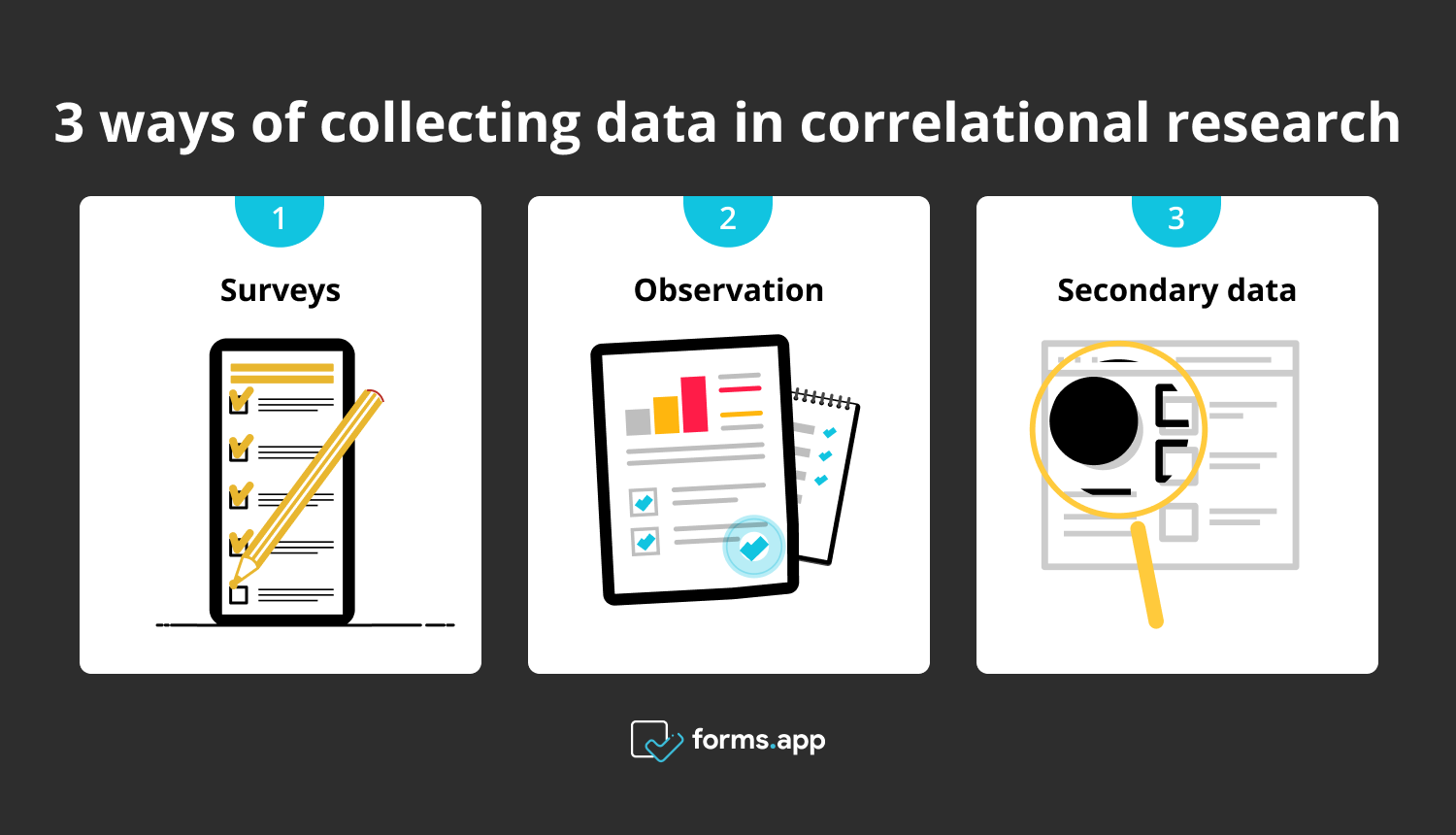
1 - Surveys:
Surveys and questionnaires are good ways to collect data from a number of respondents. You can ask pre-determined questions to gather data and conclude an end result. A researcher can do surveys by phone, e-mail, face-to-face, or as in online surveys.
2 - Observation:
In order to collect data through observation, find people in their natural environments and observe them and what they do. When people know they are being viewed or observed by others, they may act differently. That is why this method is more natural and unbiased. Observational research can be done in schools, supermarkets, and public settings of that sort.
3 - Secondary data:
Secondary data collection is a good way to do research, as the question you have in mind may have already been answered by other researchers. Or, a similar question can give you a good starting point. Secondary research means finding already available data in the form of articles, studies, reports, books, etc. This method is especially useful when you are working on a tight budget and trying to get the most from cheaper solutions.
Examples of correlational research
Correlational research can be used for many purposes. It is an effective method where one can not conduct experimental research for numerous reasons. It is cheaper, faster, and provides unbiased results. Let us see some correlational research examples to get a better idea:
1 - Example of correlational research: us say you want to know whether or not there is a link between household income and domestic abuse. Correlational research can be used in this kind of scenario because it would be unethical to experiment on people by purposefully making them abuse their spouses.
2 - Example of secondary data collection for correlational research: You want to know if there is a correlation between colors and their effect on people's appetite. You can try secondary research to find out the correlation and see which colors make people hungrier. According to business insider, “Marketing experts refer to the pairing of yellow and red as the "Ketchup and Mustard Theory." Through this combination of colors, we're subconsciously influenced to stop what we're doing and grab a bite to eat.”
3 - Example of observation for correlational research: A good example where observation can be used will be seeing if the lighting and shelf placement in clothing stores affect people buying those clothes. One can see if there is a correlation by sheer observation. And the result gathered from this observation can give you a good starting point for your own store.
4 - Example of online survey for correlational research: Let us say you want to know whether or not there is a correlation between the devices people use and the number of times they shop online. You can send them an online survey that has an effective correlational research design and collect answers. Afterward, you can see if laptops or mobile phones have an impact on the customer's shopping habits.
Strengths and weaknesses of correlational research
Correlational research is a valuable method for studying relationships between variables and can give results in a short amount of time. However, its limitations and potential weaknesses should be kept in mind when interpreting the results. Now, let us see the advantages and disadvantages of conducting correlational research.
Correlational research is useful for finding links in different variables, and it can be used to make future predictions according to the data collected. It is also a relatively fast and easy method of research that can be conducted in many different settings and with a large sample size.
For weaknesses of correlation research, the first thing is the fact that it can not establish causation. Just because you find a correlation between two things doesn’t mean you can conclude one of them causes the other. Additionally, even if you find a relationship between two variables, you will not know which one more strongly affects the other.
Conclusion
Correlational research is an effective way to see if there is a link between two variables. It is a fast and unbiased way of collecting information on a specific subject. There are a number of ways to conduct this type of research, such as observation, collecting secondary data, or using face-to-face or online surveys.
Anyone can create online surveys with the help of a free survey tool. A good example of a useful survey maker is forms.app! It has more than 1000 ready-to-go survey and form templates and many powerful form fields. If you want to do your own correlational research, you can start with forms.app today!
forms.app, your free form builder
- Unlimited views
- Unlimited questions
- Unlimited notifications
